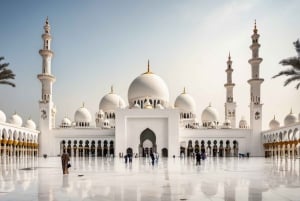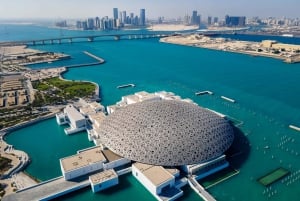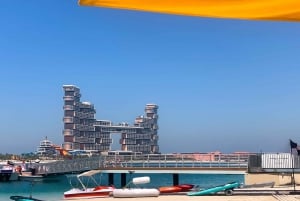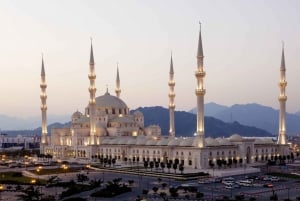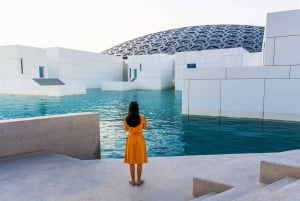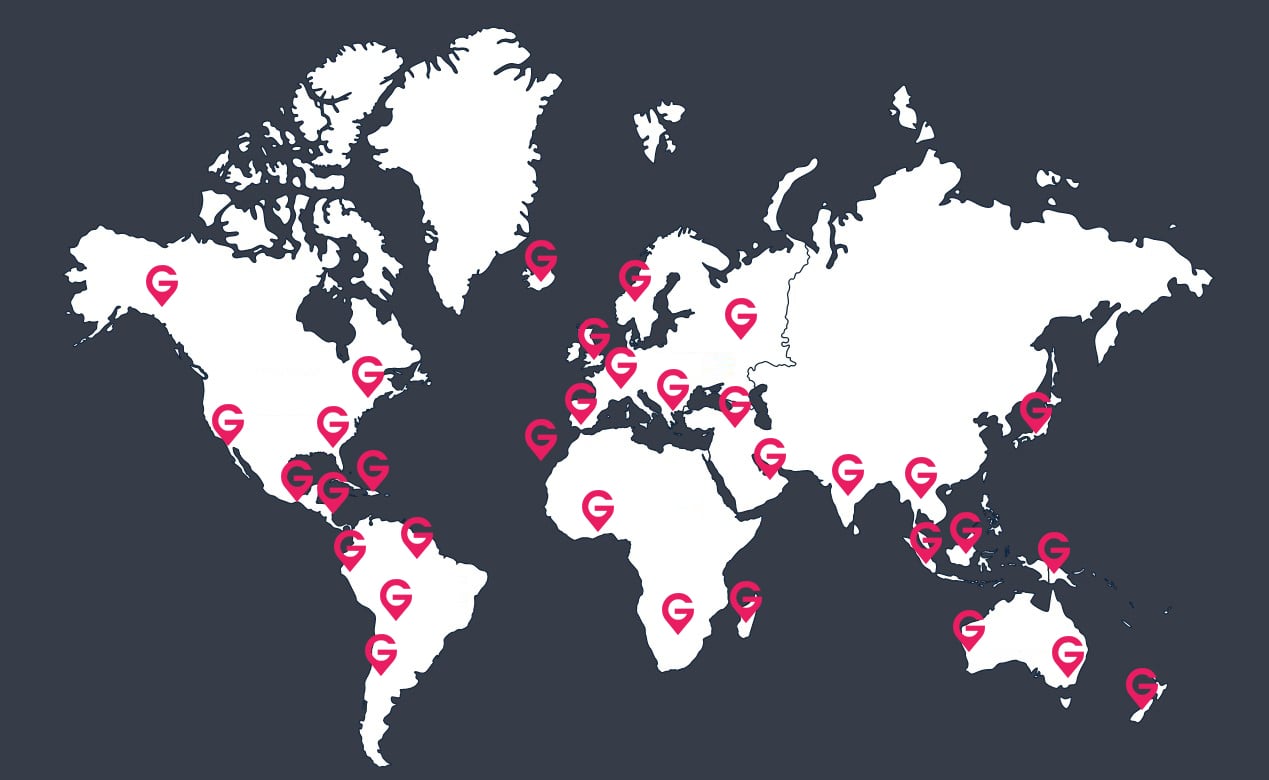Flora and Fauna in Abu Dhabi, UAE
Despite the peak summer climatic conditions and very little rainfall, the flora and fauna in is surprisingly diverse and extensive. The Emirate is home to about 3,500 endemic plants, which are highly adaptable to the extreme salinity of the soil and the rough environment. The date palm is the most widely cultivated of the indigenous flora, providing a wonderful retreat of greenery, which can be found gracefully lining up the Abu Dhabi city streets, providing impressive highlights to palace gardens, or creating a ceremony of green leaves in the wild oases. To complement, the Abu Dhabi Municipality got an intensive greening programme and the areas along the roads are unusually colourful for a desert environment. The Abu Dhabi government has been working, with very impressive results, to keep Abu Dhabi city green for both practical and aesthetic reasons. The landscaped parks and gardens encourage faunas in Abu Dhabi like birds to migrate and breed, hence, enhancing the city’s ecological system.
In the regions nearby mountains, flat-topped acacia trees and wild grasses create a greenish picture in which we miss to feel the desert. Indigenous fauna include the highly endangered Arabian leopard and the ibex, but a chance to have a sight of both are extremely rare. In reality, the only large animals you will get a chance to see are camels and goats which often roam on the sides of the roads. The sand cat, sand fox and desert hare, as well as gerbils, hedgehogs and geckos are some other fauna of desert lives.
The desert in Abu Dhabi, however, has been friendlier to a certain group of animals than others. Reptiles are the dominant animal group in the desert; various breeds of lizards are commonly seen including the delicate geckos, spiny-tailed lizards together with the giant of desert lizards, the monitor, which could grow up to a metre in length. Several species of snakes likewise exist in the desert including the poisonous horned viper.
Several bird species that are known to be desert adaptable are the hoopoe lark, the cream-coloured courser and the black-crowned finch lark. Buzzards and desert eagle owls are also known to maintain small breeding populations in the desert, so are brown-necked ravens. Thirty kms south of Abu Dhabi city, Al Bathba lake attract numerous species of birds. The Ajban area to the city’s north attracts twitchers for its variety of bird species.
Marine life is also plentiful with coastal waters being home to tropical fish, dolphins, the dugong (sea cow) and turtles. Eight species of whales and seven dolphin species have been recorded in UAE waters. Four or five of the world’s seven turtle species is indigenous, including the loggerhead, green and hawksbill turtles all of which are endangered, but can be seen offshore.
Bu Tinah Island, off the coast of Abu Dhabi in the UAE, has been selected as a finalist from almost 500 sites of outstanding natural beauty from all over the world in the environmental 'World Cup' called as the New Seven Wonders of Nature. Bu Tinah Island in Abu Dhabi is home to the world’s healthiest population of dugongs, gentle dolphin-like ‘sea cows’ that graze on sea grass as well as uniquely hardy coral reefs that survive nowhere else on planet Earth. It is rich in the natural habitat of coral, mangroves, seagrass, flamingos, osprey, dolphins and hawksbill. Bu Tinah is the only finalist from the Arabian Gulf and a point of pride in the Gulf region.


